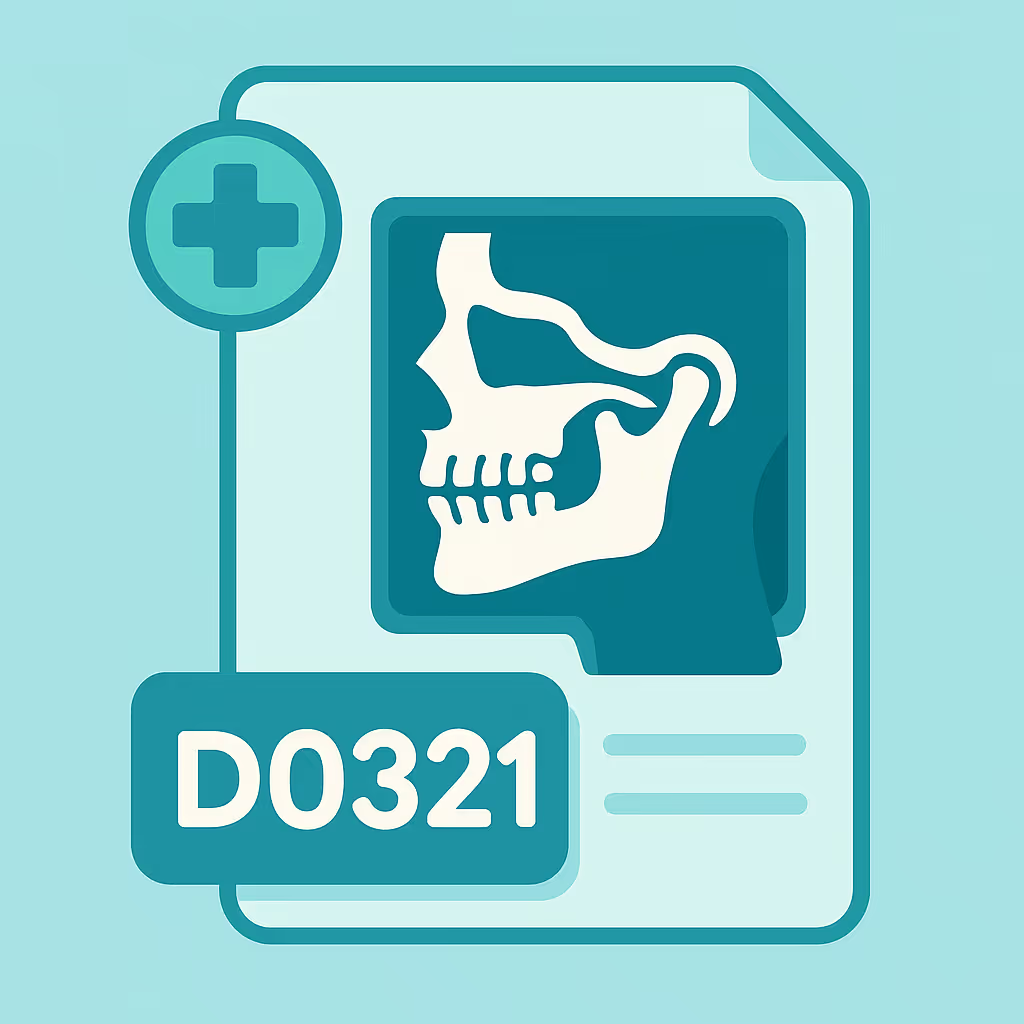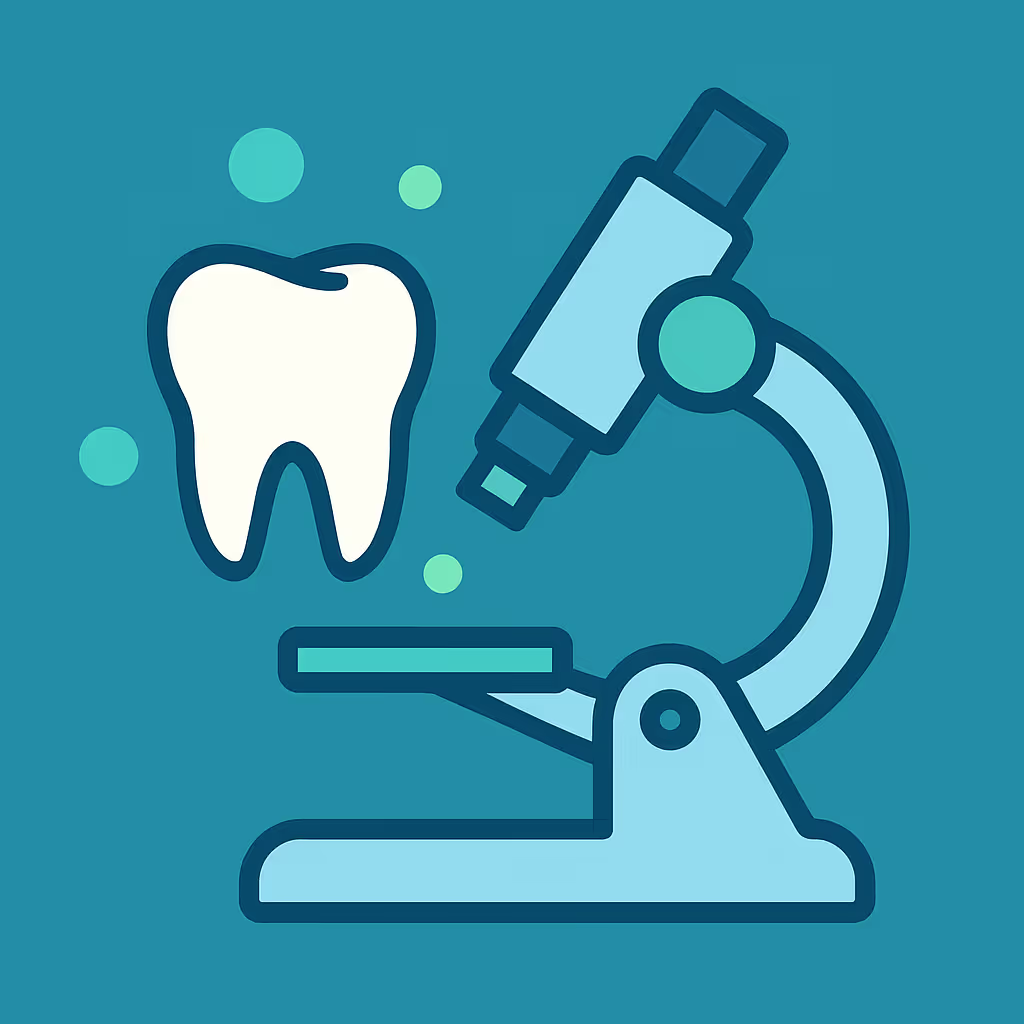Understanding Dental Code D0367
When to Use D0367 dental code
The D0367 dental code is used for cone beam computed tomography (CBCT) capture and interpretation with a field of view covering both jaws, with or without the cranium. This CDT code is appropriate when a comprehensive 3D scan is necessary for diagnostic, treatment planning, or surgical purposes—such as evaluating impacted teeth, assessing pathology, planning for implants, or complex orthodontic cases. It should not be used for limited or regional scans; instead, reference the specific codes for those scenarios.
Documentation and Clinical Scenarios
Accurate documentation is crucial for successful claims and compliance. When using D0367, ensure the following are included in the patient record:
- Clinical indication: Clearly state the reason for the CBCT scan (e.g., implant planning, evaluation of pathology, or full-mouth assessment).
- Field of view: Document that both jaws were captured, and whether the cranium was included.
- Interpretation: Include a written radiographic interpretation by the dentist or specialist.
- Supporting images: Retain and store the actual CBCT images in the patient’s digital chart.
Common clinical scenarios for D0367 include full-arch implant planning, assessment of multiple impacted teeth, or evaluation of extensive jaw pathology. For smaller, localized scans, consider codes such as D0364 (limited field of view) or D0365 (single arch).
Insurance Billing Tips
Billing for D0367 requires attention to detail and proactive communication with payers. Here are best practices for maximizing reimbursement:
- Pre-authorization: Always verify benefits and obtain pre-authorization if required by the patient’s dental or medical insurance. Provide clinical notes and justification for the scan.
- Accurate coding: Use D0367 only when the scan includes both jaws. Do not upcode for larger fields of view if not clinically necessary.
- Claim attachments: Attach the radiology report and a copy of the CBCT image or a screen capture to the claim. This supports medical necessity and speeds up claim processing.
- Appeals: If a claim is denied, review the Explanation of Benefits (EOB) for the denial reason and submit a detailed appeal with additional documentation, such as clinical notes and a letter of medical necessity.
Remember, some dental plans may consider D0367 a medical benefit. In these cases, coordinate with the patient’s medical insurance and follow their specific billing protocols.
Example Case for D0367
Case: A 55-year-old patient presents for full-mouth implant rehabilitation. The dentist determines a comprehensive CBCT scan is needed to evaluate bone quality, nerve location, and sinus anatomy in both jaws.
Workflow:
- Obtain detailed clinical notes justifying the need for a full-jaw scan.
- Capture the CBCT scan, ensuring both jaws are included in the field of view.
- Interpret and document findings in the patient’s chart.
- Verify insurance coverage and submit a claim with D0367, attaching the radiology report and images.
- If denied, review the EOB and submit an appeal with additional documentation as needed.
This workflow helps ensure accurate billing, compliance, and optimal reimbursement for advanced imaging services.





